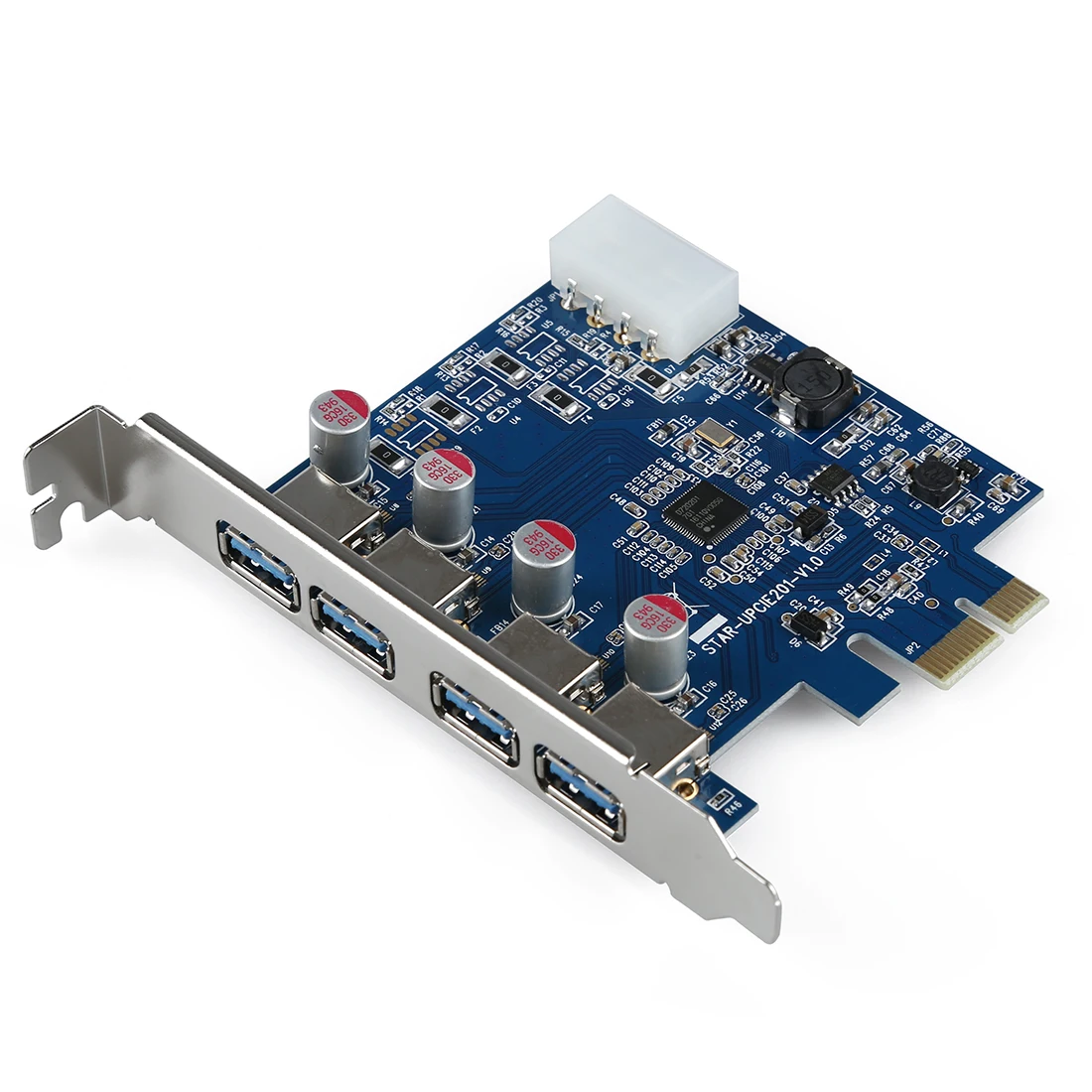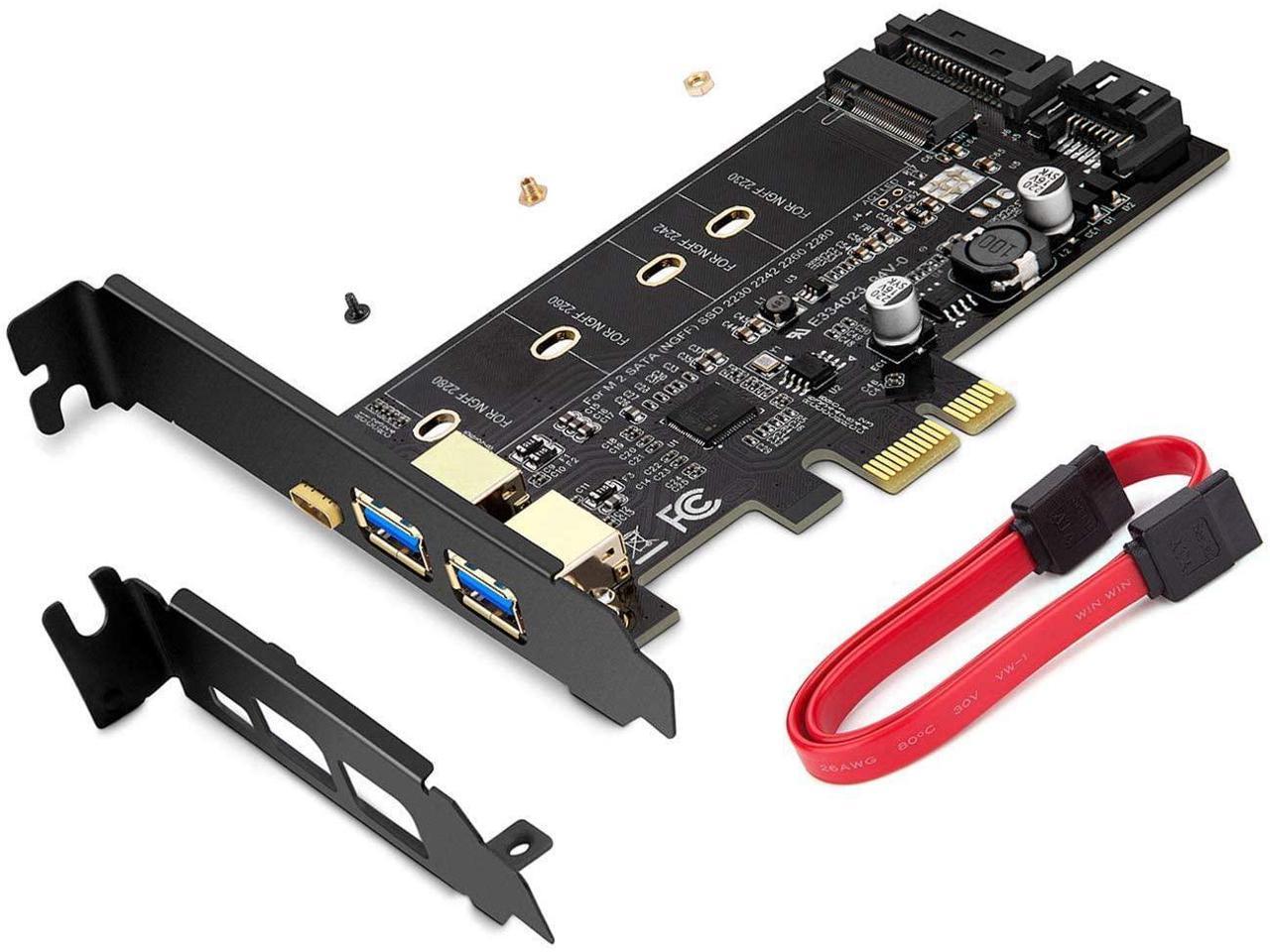


So if you need something immediately the Insigna is also a good option.īoth come up under FreeBSD 10.1 using the built in xhci driver: The Insignia does not have the header to do this, but does have the advantage of being available at most BestBuy stores. We like to format these with ZFS as well so we know the data was written properly … a topic for another blog entry though!Īll things considered I prefer the Syba card as it allowed us to activate the USB 3.0 ports on our server cases via the 19-pin USB 3.0 header, while still also providing rear USB 3.0 ports as well. Both are excellent options for things like backups to external hard drives. Performance was both good and comparable for both cards. Insignia USB 3.0 PCIe x1 2.0 Card – 2-Port (Model NS-PCCUP53) Syba USB 3.0 PCIe x1 2.0 Card – 2-Port with internal 19 Pin USB 3.0 Header (Model SD-PEX20139) I have an up-and-coming 3rd and final interview for a Technology Service & Operations Manager position, and I am struggling with creating content for a presentation that I have been asked to cr.While looking to add USB 3.0 ports to two servers which had no motherboard ports we tested out two different cards: Hello,I hope someone can point me in the right direction.



 0 kommentar(er)
0 kommentar(er)
